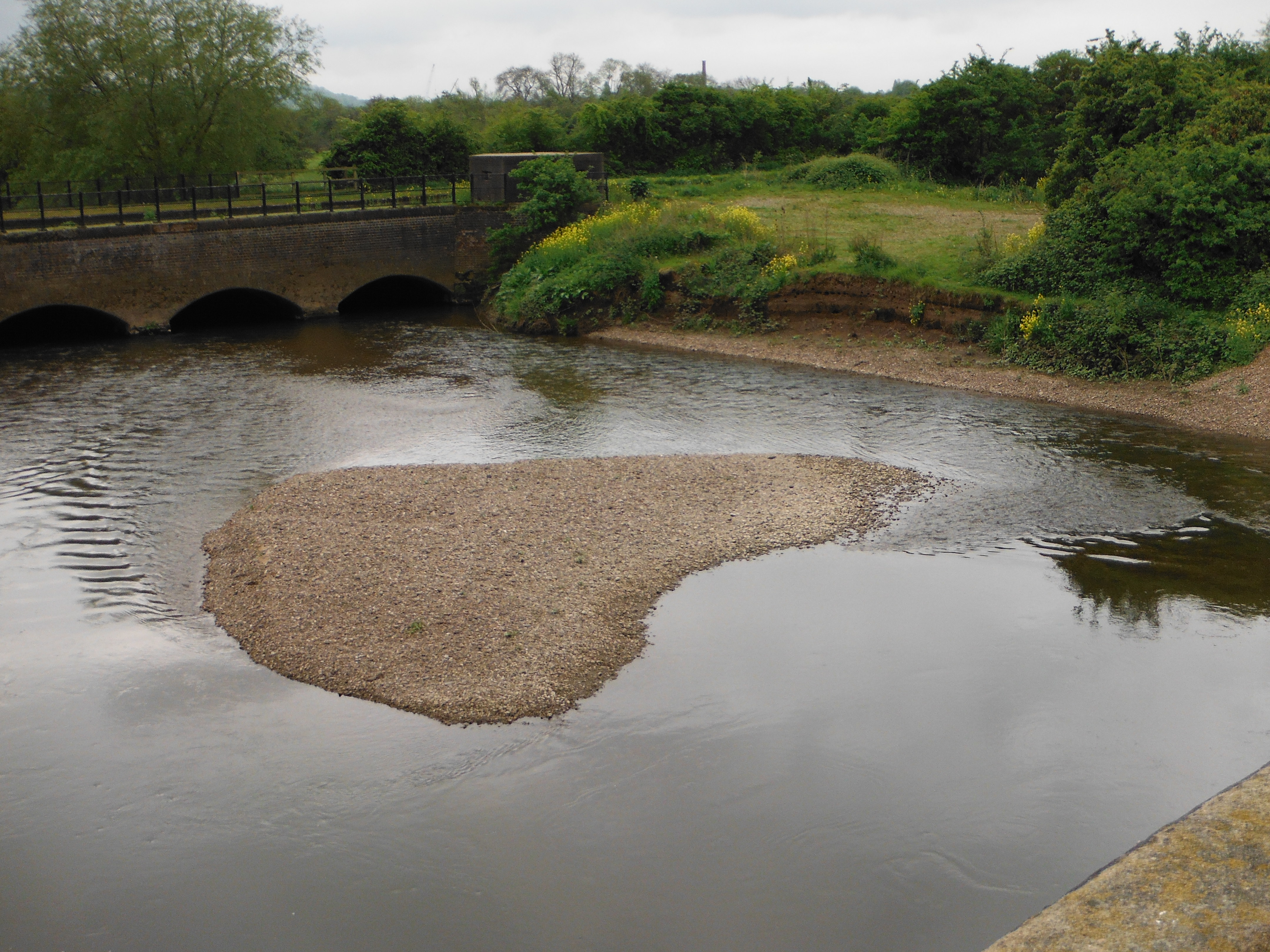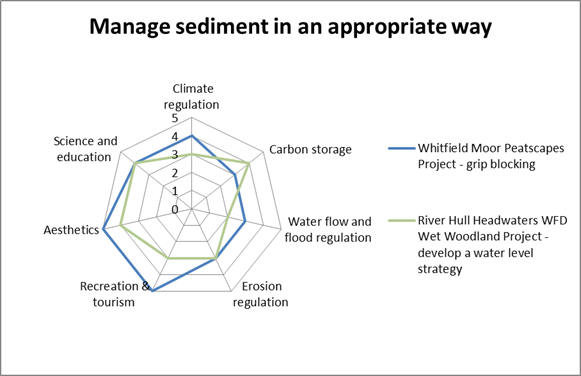 Sediment has frequently been viewed as a problem, and has been dredged or removed to maintain clear flowing waters. This can encourage further erosion, enlarging watercourses, changing the way they convey water, altering or destroying habitats and leaving artificial defences vulnerable.
Sediment has frequently been viewed as a problem, and has been dredged or removed to maintain clear flowing waters. This can encourage further erosion, enlarging watercourses, changing the way they convey water, altering or destroying habitats and leaving artificial defences vulnerable.
Developing a sediment management strategy aims to ensure that sediment is managed in a strategic way to minimise its impacts on water bodies and the habitats that they support. The activity should work with natural processes to ensure that sediment is sustainably managed from source to sea.
Techniques
A variety of techniques can be used to undertake this activity, including:
- Develop of a sediment management strategy - This should include all water bodies in a river catchment or coastal cell to ensure that catchment-scale processes are addressed
- Change the way land drains are managed - This can reduce sediment input
- Reinstate sediment that has been removed - Introduce sediment as part of habitat enhancement works or to improve morphology / sediment transport elsewhere in the water body
- Target sediment removal - So that flood risk is reduced using sediment traps and only undertaking localised dredging
- Allow natural recovery - By minimising the frequency of maintenance
Benefits
The appropriate management of sediment can achieve a range of benefits:
- Direct ecosystem benefits associated with the maintenance of biodiversity
- Natural erosion protection (e.g. through the retention of sediment in front of vulnerable areas)
- Improved water quality through the reduction of suspended sediments
- Reduced costs of maintenance (dredging)
Case Study Benefits
This diagram displays a comparison of benefits scores (using a high-level ecosystem service assessment methodology) associated with the techniques used in each case study. More details on the methodology can be found here.